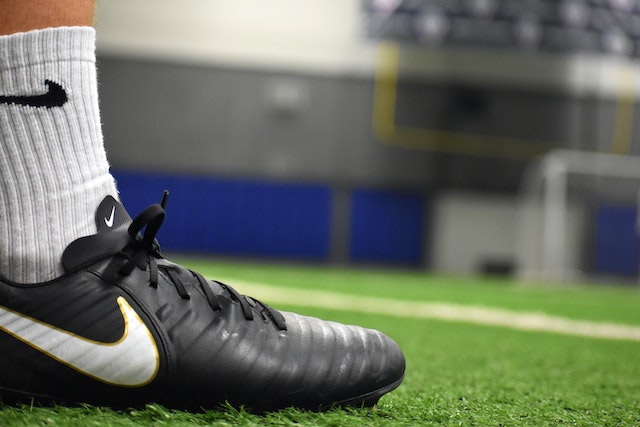
Athlete's foot, also known as tinea pedis, is a common fungal infection that affects the skin of the feet. It is highly contagious and often encountered in environments where people walk barefoot, such as public pools, gyms, and communal showers. In this blog, we will explore the causes, symptoms, and various treatment options to help you understand and effectively manage athlete's foot.
Athlete's foot is caused by fungi, specifically dermatophytes, which thrive in warm and moist environments. These fungi can be found on floors, clothing, and towels, making it easy to contract the infection by walking barefoot in contaminated areas or sharing personal items with an infected person.
Itchy Skin: Athlete's foot often causes intense itching, especially between the toes. The itching may worsen when the feet are exposed to warmth or moisture.
Redness and Peeling: Infected skin may appear red, inflamed, and flaky. Peeling and cracking of the skin, particularly in the spaces between the toes, are common signs.
Blistering: In some cases, athlete's foot can cause the formation of blisters that ooze and crust over.
Foul Odour: Fungal infections can lead to a distinctive odour emanating from the infected feet.
Topical Antifungal Medications: Over-the-counter antifungal creams, sprays, or powders containing active ingredients like clotrimazole, terbinafine, or miconazole can effectively treat mild to moderate cases of athlete's foot. Follow the instructions and continue using the medication for the recommended duration.
Quick relief product is the Athletes Foot Spray Scholl.
Prescription Medications: For persistent or severe cases, a healthcare professional may prescribe stronger antifungal medications, either topical or oral, to combat the infection.
Soaking and Drying: Soaking the feet in warm water with Epsom salt or diluted vinegar can help relieve symptoms and inhibit fungal growth. Thoroughly dry the feet, including the areas between the toes, to prevent moisture buildup.
Proper Foot Hygiene: Keep the feet clean and dry, regularly washing them with mild soap and drying them thoroughly afterward. Avoid wearing damp socks or shoes and change them frequently.
Footwear and Socks: Wear breathable shoes made of natural materials and moisture-wicking socks to promote air circulation and reduce sweat accumulation. Consider using antifungal powders or sprays in your shoes.
For quick soothing relief is the Lamisil AT 1 Athletes Foot Cream.
Good Foot Care: Practise proper foot hygiene, including regular washing and thorough drying of the feet, paying attention to the spaces between the toes.
Avoid Walking Barefoot: Wear sandals or protective footwear in public areas prone to fungal contamination, such as locker rooms, showers, and communal pools.
Personal Items: Avoid sharing personal items like towels, socks, or shoes with others to minimise the risk of spreading or contracting fungal infections.
Air Out Shoes: Allow your shoes to dry and air out completely between uses to prevent moisture buildup.
Regularly Change Socks: Opt for moisture-wicking socks and change them at least once a day, or more frequently if they become damp or sweaty.
Athlete's foot can be an uncomfortable and persistent condition, but with proper understanding, proactive measures, and appropriate treatment, it can be effectively managed. Maintain good foot hygiene, avoid walking barefoot in public areas, and promptly treat any signs of infection to prevent the spread of athlete's foot. If symptoms persist or worsen despite home remedies, seeking medical advice is recommended to receive appropriate
Disclaimer:
The information provided on this website is for general informational purposes only and is not intended as a substitute for professional medical advice, diagnosis, or treatment.